Machine learning is an important part of AI, as it enables computers to learn and improve from experience, without being programmed. While in traditional programming a programmer writes code to perform specific tasks, in machine learning, the algorithm analyses data and learn how to improve its performance with time. You can read more on Machine Learning in this article.
What is supervised learning?
Supervised learning is a branch of machine learning that used labelled training data to help models perform more accurately. The labelled training data serves as a supervisor/teacher to the machine learning algorithm.
While there are other types of machine learning models, such as Unsupervised learning and Semi-supervised learning, in this article we’ll focus on Supervised learning.
As the global market for machine learning continues to expand, supervised learning as a ML methodology becomes even more relevant with each day that passes.
How does supervised learning work?

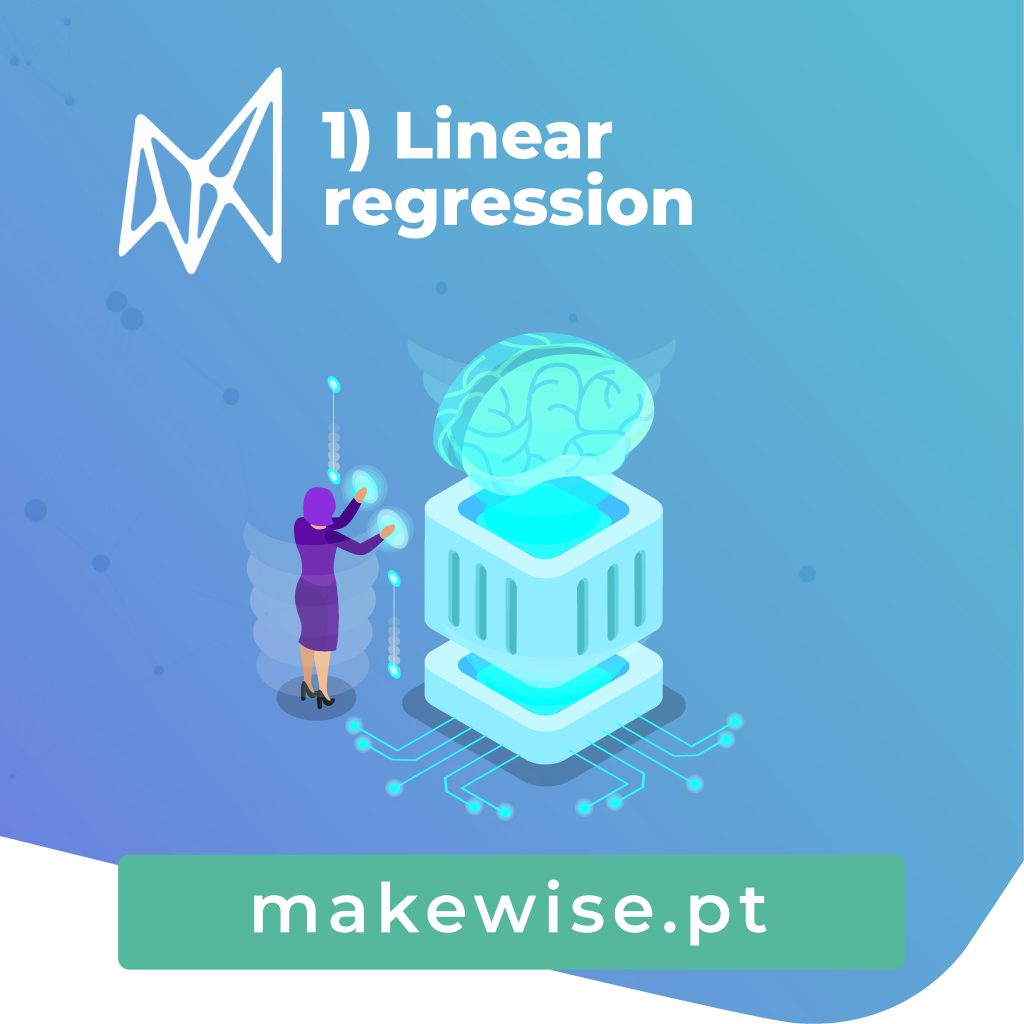
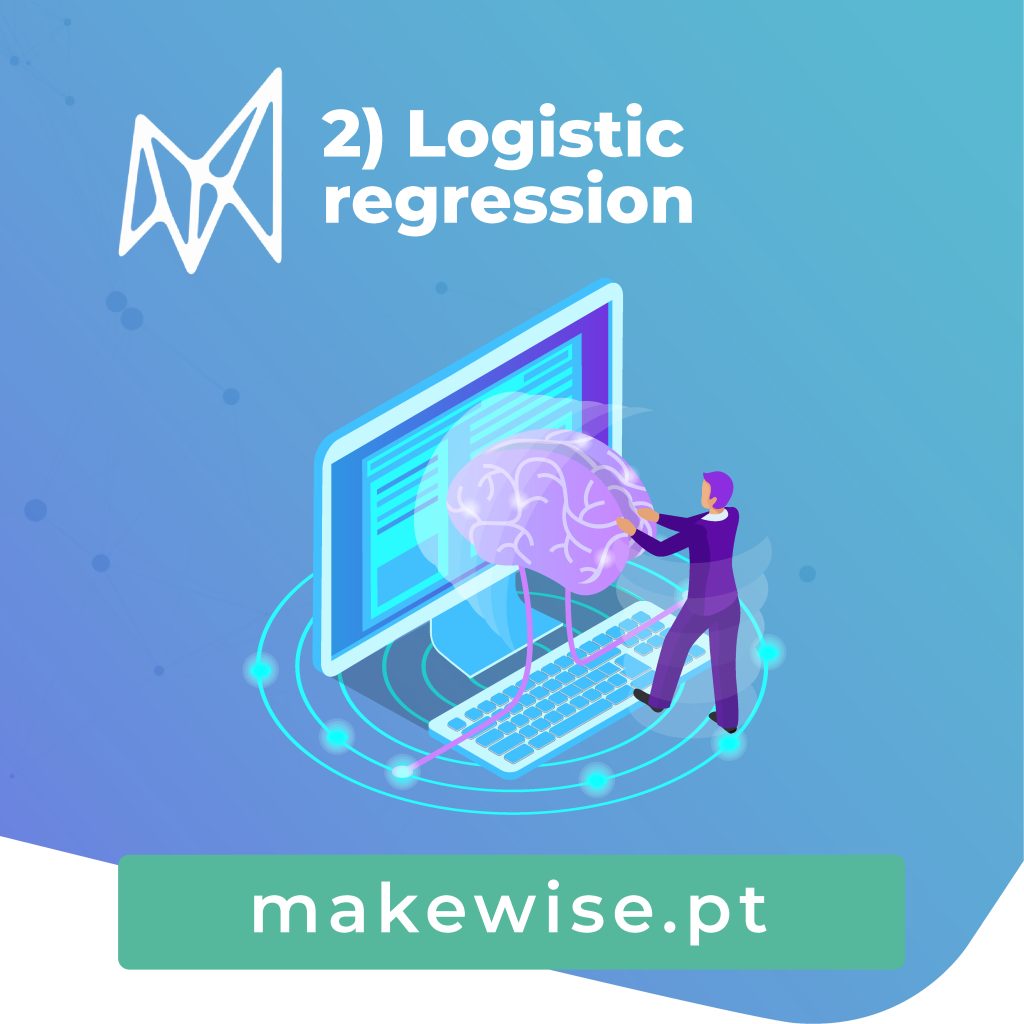
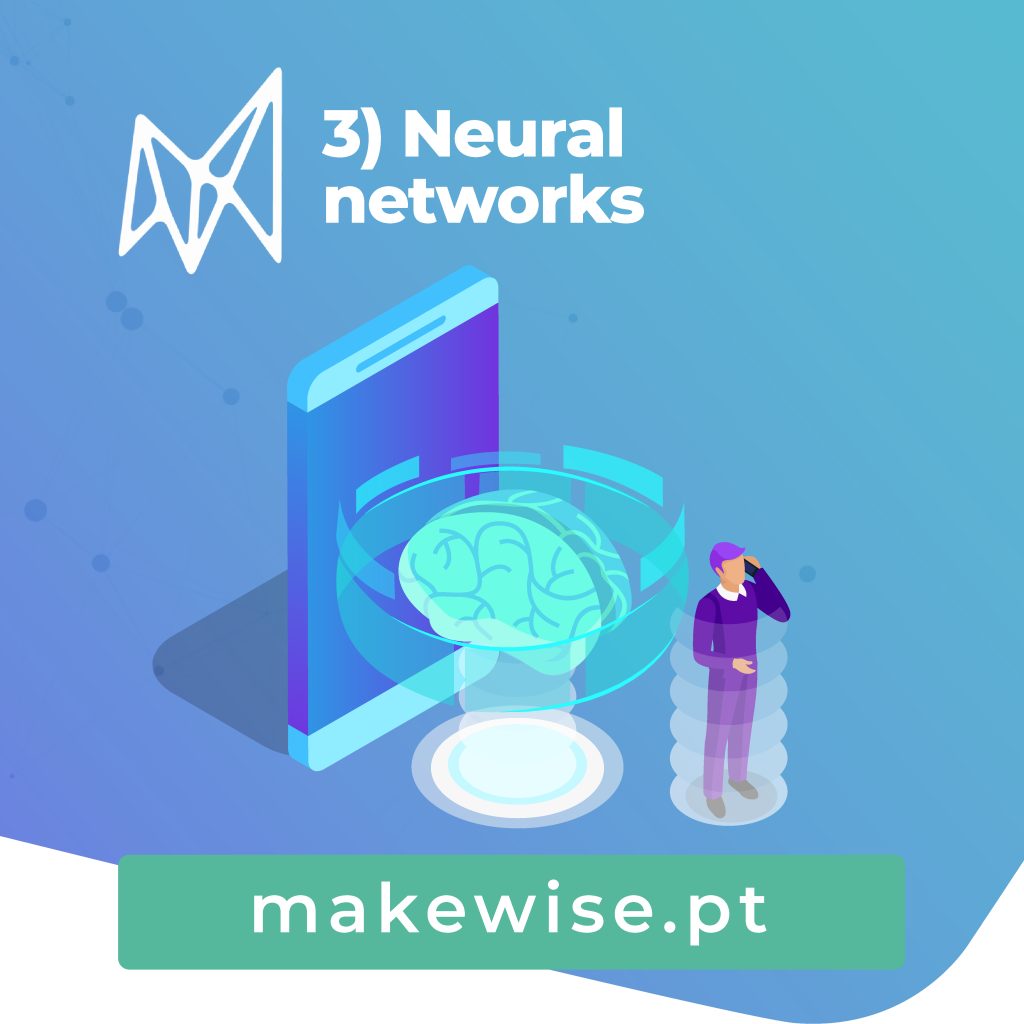
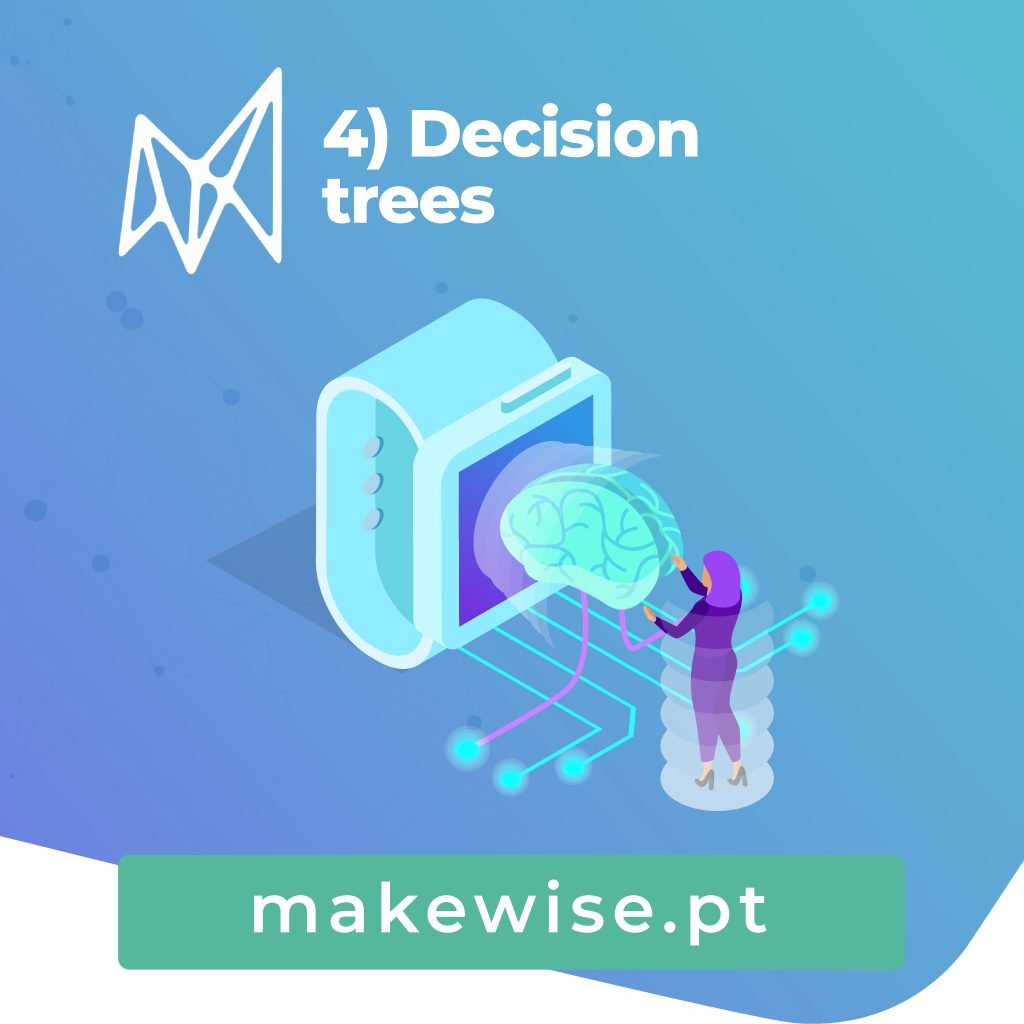

Supervised learning enables the output to be generated from input labelled data. That means that a supervised learning algorithm analyses the training data and produces an output based on that. To do this, the learning algorithm generalizes the training data to unseen situation in a reasonable way.
All this is made possible when the model is provided with high quality training data. To simplify, the more the algorithm learns, the better are its future predictions, and with the new predictions, it continues to learn from data, correcting its mistakes and providing improved results.
Supervised learning categories
Supervised learning can be split into distinct categories, such as:
Classification
When employing classification, an input value undergoes the process of being assigned a specific class or category, which is determined by the training data made available. A classification model is utilized to make predictions regarding the category to which the given data belongs. A classic illustration of this is the binary classification task of determining whether an email is spam or not. In this scenario, the model must choose between two classes: spam and not spam. This model can also provide multi-class classification, being able to classify more than two classes, such as types of animals. For example, a picture of two different animal species together consists of two different classes.
Regression
The difference between Classification and Regression algorithms is that Regression algorithms are employed to predict continuous values, such as test scores, whereas classification algorithms are utilized to predict binary values, such as spam/not spam, or true/false. Regression is a procedure that discovers a meaningful connection between dependent and independent variables enabling the prediction of a continuous numerical value. For instance, a regression algorithm can be employed to estimate a student’s test grade based on the number of hours they dedicated to studying in this scenario, the hours studied serve as the independent variable, while the student’s final test score is the dependent variable.
Supervised learning algorithms
Supervised learning algorithms aim to determine the necessary steps to assist users in achieving their desired outcome. They primarily address two types of problems: regression and classification, leading to distinct types of supervised learning models. Let’s explore some commonly utilized models.
Linear regression

Linear regression is a widely used and straightforward algorithm in machine learning. Its primary purpose is to predict future outcomes by establishing a relationship between a dependent variable and one or more independent variables using a straight line. It is commonly employed for predictive analysis, such as forecasting sales, determining product pricing, or estimating age. When there is only one independent variable, it is called simple linear regression, and when additional independent variables are included, multiple linear regression.
Logistic regression

Like linear regression, logistic regression models aim to identify relationships within data inputs. Logistic regression is primarily used for resolving binary classification problems, such as spam identification, and it is suitable when there are binary outputs like yes/no or true/false. One of the advantages of logistic regression is its ability to provide probabilities and classify new data by considering both continuous and discrete datasets.
Neural networks

Neural networks are machine learning algorithms that mimic the structure and functioning of the human brain. They consist of interconnected artificial neurons that process information and make predictions.
A key advantage of neural networks is their ability to learn and improve through a training process. They adjust their weights and biases based on input data, enabling them to handle complex relationships and make accurate predictions.
Decision trees

This model organizes the data into smaller subsets and makes predictions by following a series of decisions based on the input features. Each node in the tree represents a test on a feature, and the branches indicate the outcome of that test.
At the end of the branches, a prediction or class label is provided.
One of the advantages of decision trees is their simplicity and interpretability, making them accessible even to non-experts in machine learning. They can handle both categorical and numerical data, enhancing their popularity and versatility.
The advantages and disadvantages of supervised learning
Advantages
- Predictive accuracy: Supervised models trained on large and diverse labelled datasets can achieve high accuracy.
- Clear objectives: There is a clear objective of mapping inputs to outputs, making it easier to optimize the algorithm.
- Wide range of applications: Supervised learning is versatile and can be applied to classification and regression offering flexibility for various tasks.
- Easier to implement: Supervised learning models are generally easy to implement and understand.
Disadvantages
- Quality of training data: The performance heavily relies on the quality of the provided training data.
- Dependence on human input: Supervised machine learning models cannot classify data independently and rely on human input for training.
- Limitations in handling complex texts: One of the major issues in supervised learning is its inability to handle complex texts effectively.
- Potential for human error: Since supervised learning depends on human input, there is a risk of human error in the training process.
- Lack of diversity in training data: Models trained on manually annotated data may lack diversity, leading to biased models that do not accurately represent the true data distribution.
AVI.VISION: Automatic Vehicle Inspection by MakeWise
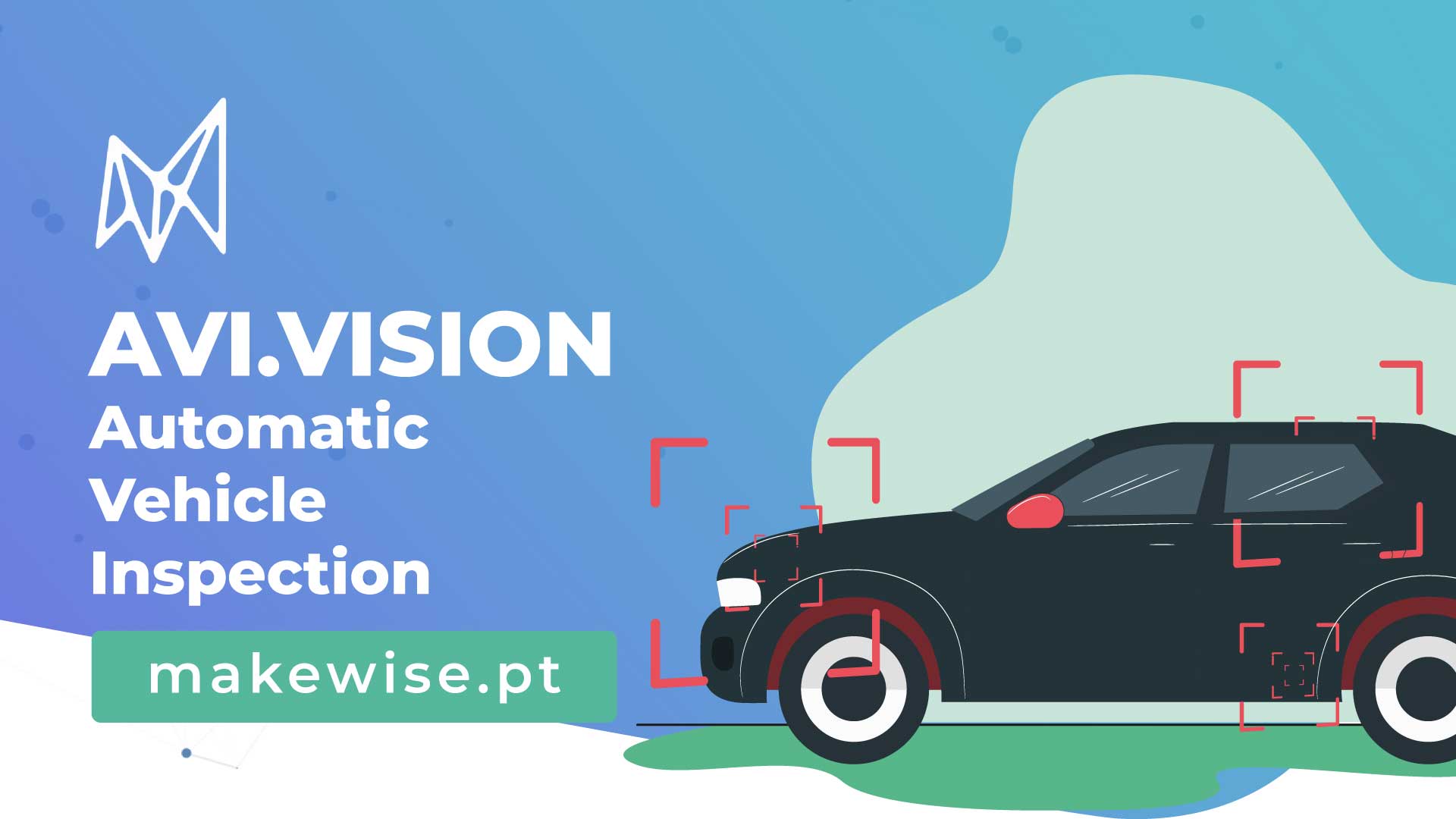
Now, it’s possible to automate the entire car inspection process, with an automatic estimation of repair costs according to damage location and characteristics.
- Automatic Vehicle Inspection
- Real-time or Post-processing
- Estimate Repair Costs
- Integration with other IT systems
Confirm all MakeWise’s solutions here, and start your business digital transformation journey today. Contact us!

